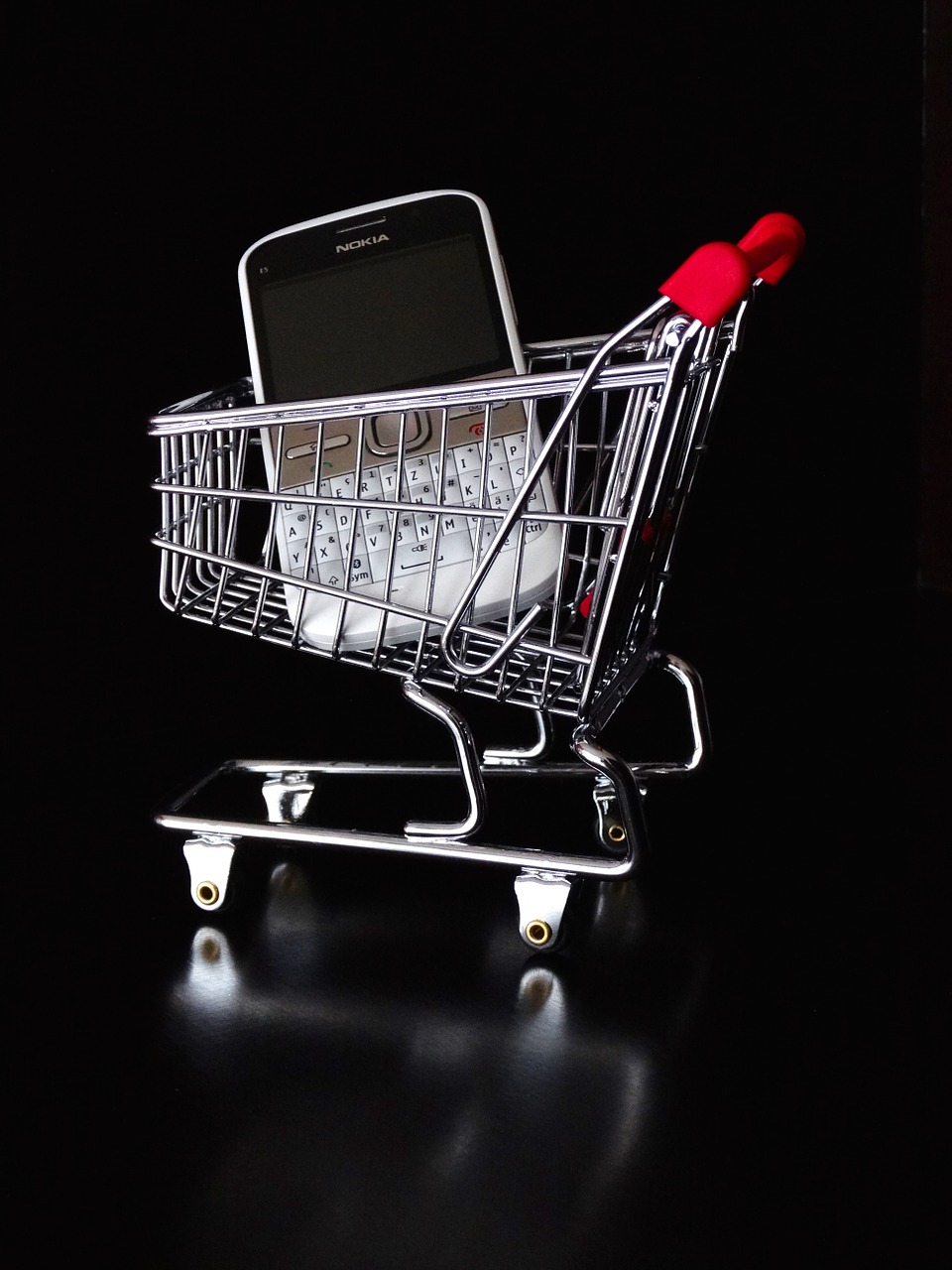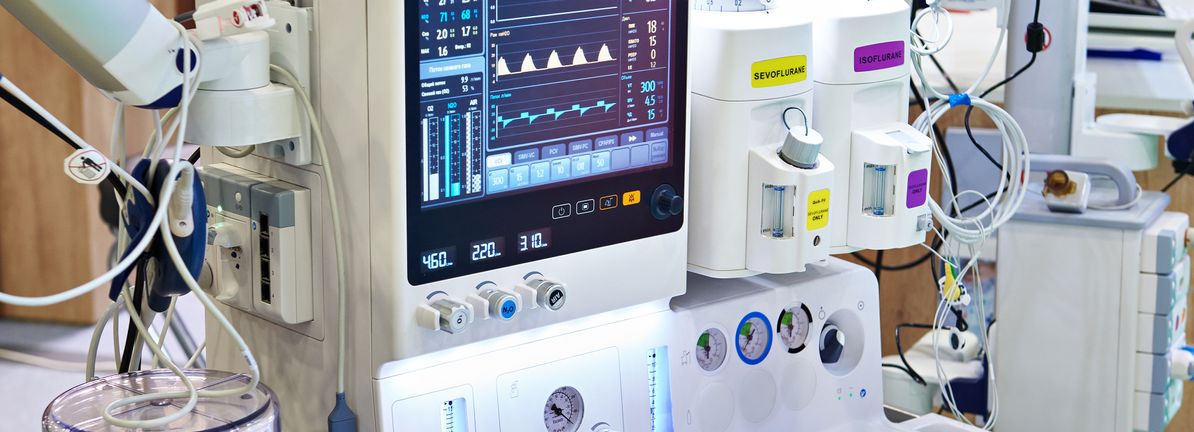The Global Medical Adhesives Market is entering one of its most transformative phases. According to Renub Research, the market—valued at US$ 10.74 billion in 2024—is projected to reach US$ 20.09 billion by 2033, growing at a CAGR of 7.21% from 2025 to 2033. Demand continues to soar due to rising surgical procedures, an aging global population, new clinical applications, and a strong shift toward minimally invasive treatments.
Medical adhesives are no longer simple bonding solutions—they’ve evolved into vital materials shaping modern healthcare. From wound dressings and surgical tapes to high-performance adhesives used in medical device assembly and wearable health technologies, their roles are expanding at remarkable speed.
This comprehensive editorial explores market dynamics, growth drivers, challenges, regional outlooks, and competitive strategies shaping the future of medical adhesives.
Medical Adhesives Market Overview
In today’s advanced healthcare environment, medical adhesives serve as core functional materials widely used in:
Wound management
Surgical procedures
Medical device and equipment assembly
Dental treatments
Fixation of wearable biosensors and monitoring devices
These adhesives are engineered to be hypoallergenic, skin-friendly, durable, moisture-resistant, and safe for repeated medical use. With the global rise in chronic diseases, traumatic injuries, diabetes-related ulcers, and cosmetic surgeries, the demand for reliable, high-performance adhesives continues to surge.
Modern medical adhesives are also becoming smarter—engineered with bio-based materials, drug-release capabilities, and real-time monitoring features, expanding their scope beyond traditional applications.
Key Market Growth Drivers
1. Expanding Use of Medical Equipment & Devices
As healthcare systems worldwide adopt more advanced medical equipment, the importance of adhesives rises. These adhesives ensure the strength, reliability, and sterile safety required in devices such as:
Catheters
Endoscopes
Blood glucose monitors
Dialysis equipment
Ventilator components
Wearable health trackers
The global shift toward single-use medical devices is another major catalyst. Compared to reusable stainless-steel devices, disposable devices offer higher safety and hygiene. Since their manufacturing relies heavily on adhesive bonding, this trend directly contributes to market expansion.
2. Surge in Demand for Soft-Skin Adhesives
Soft-skin adhesives—designed for sensitive skin and pain-free removal—are becoming a preferred choice in:
Long-term wound dressings
Infant and geriatric patient care
Transdermal patches
Wearable monitoring systems
As wearable medical technology grows, so does the need for adhesives that balance strength with gentleness. Soft-skin solutions significantly reduce skin trauma and improve patient comfort, making them indispensable for advanced wound care and home healthcare applications.
3. Rapid Technological Advancements
Technology is reshaping adhesive formulation. Breakthroughs include:
Bio-inspired and bio-based adhesives
Hydrocolloid and silicone-based skin adhesives
Smart adhesives with integrated drug-delivery systems
Moisture-resistant polymer blends for high-exertion activities
Smart wound adhesives capable of monitoring pH levels, temperature, and infection risk are now entering the market, demonstrating the sector’s innovation-driven future.
4. Growing Preference for Minimally Invasive Procedures
Minimally invasive surgeries require adhesives that:
Seal tissues
Replace sutures
Enhance hemostasis
Reduce recovery time
This transition has stimulated demand for absorbable internal adhesives, surgical glues, and biocompatible bonding materials.
Market Challenges
Despite strong growth, the industry faces notable challenges.
1. Rising Healthcare Costs
Healthcare facility expenses—including equipment, staffing, raw materials, and compliance costs—are rising globally. While medical device manufacturers try to absorb price increases, the rising cost of key raw materials like polymers and silicone limits price flexibility.
In emerging economies, high medical care costs hinder access to advanced wound-care products, affecting overall market growth.
2. Strict Regulatory Compliance
Medical adhesives fall under stringent regulatory scrutiny from agencies such as:
FDA (U.S.)
EMA (European Medicines Agency)
MHRA (U.K.)
TGA (Australia)
Manufacturers must demonstrate:
Biocompatibility
Skin safety
Product stability
Toxicity compliance
Device-specific reliability
The approval process is lengthy, expensive, and often varies by region, complicating global expansion.
Regional Market Outlook
The medical adhesives market is undergoing dynamic expansion across all major regions.
North America
North America—particularly the United States—dominates the market due to:
Highly sophisticated healthcare infrastructure
Large aging population
High rate of chronic diseases
Rapid adoption of medical technologies
Wearable medical technologies (continuous glucose monitors, heart-rate patches) are significantly fueling demand for advanced skin adhesives.
Notable Development:
In July 2021, Baxter International acquired the PerClot Polysaccharide Hemostatic System, strengthening its surgical solutions portfolio.
Europe
Europe remains a strong market, driven by:
Increased healthcare spending
Growing geriatric population
High adoption of minimally invasive surgeries
Strong presence of medical device manufacturers
Germany
Germany’s market benefits from:
Precision-driven medical manufacturing
Technological advancements in wound care
Rising surgical volumes and orthopedic procedures
Demand is strong for biocompatible and skin-friendly adhesives used in prosthetics, wound dressings, and diagnostic devices.
Asia-Pacific
The Asia-Pacific region is emerging as the fastest-growing market, supported by:
Expanding healthcare infrastructure
Rapid urbanization
Growing elderly population
High number of surgeries
Rising medical device manufacturing hubs (China, Japan, India)
India
India’s market is accelerating due to:
Rising chronic diseases (diabetes, cardiovascular disorders)
Increased adoption of prosthetics and medical devices
Government-funded healthcare programs
Boost in medical tourism
Demand for wound dressings and minimally invasive solutions is driving continuous market growth.
China & Japan
Both nations are leaders in:
Medical device production
Advanced adhesive technologies
Wearable biomedical innovations
Middle East & Africa
Saudi Arabia
Saudi Arabia’s market is growing due to:
Investments in national healthcare infrastructure
Rising chronic illness rates
Increasing demand for surgical materials and wound dressings
Government initiatives under Vision 2030 support market expansion.
Latin America
Brazil, Mexico, and Argentina are emerging key consumers, driven by:
Expanding healthcare sectors
Improved access to medical services
Rising surgical procedures and chronic disease prevalence
Market Segmentation Breakdown
Resin Type
Acrylic
Silicone
Polyurethane
Epoxy
Others
Application
Dental
Medical Device & Equipment
External
Internal
Others
Technology
Water-Based
Solvent-Based
Hot-Melt
Reactive
Others
Countries Covered
North America: U.S., Canada
Europe: France, Germany, Italy, Spain, U.K., Belgium, Netherlands, Turkey
Asia-Pacific: China, Japan, India, South Korea, Thailand, Malaysia, Indonesia, Australia, New Zealand
Latin America: Brazil, Mexico, Argentina
Middle East & Africa: Saudi Arabia, UAE, South Africa
Rest of World
Competitive Landscape: Key Players
Major companies shaping global innovation include:
H.B. Fuller Company
Henkel AG & Co. KGaA
Avery Dennison Corporation
Ashland Global Holdings Inc.
The Dow Chemical Company
3M Co
PPG Industries
Dupont de Nemours, Inc.
These companies are focusing on:
Product innovation
Sustainable adhesive formulations
Strategic acquisitions
Partnerships with medical device manufacturers
Expansion into emerging markets
Final Thoughts
The Global Medical Adhesives Market is well-positioned for substantial growth in the decade ahead. From surgical theaters to home healthcare, and from high-tech wearables to advanced wound-care systems, adhesives play a central role in elevating safety, precision, and patient comfort.
Innovations such as smart adhesives, bio-compatible materials, and drug-infused patches will continue to redefine clinical possibilities. With rising medical needs, an aging population, and increasingly sophisticated device technologies, the demand for advanced medical adhesives is not just growing—it is essential for the future of global healthcare.









